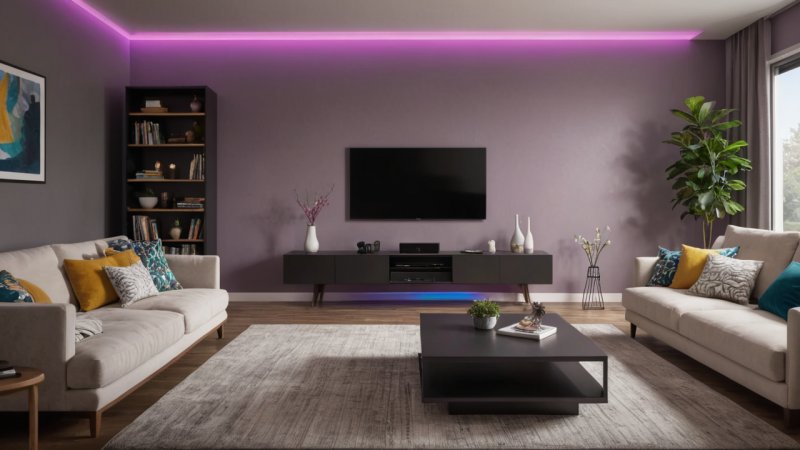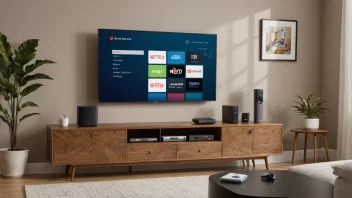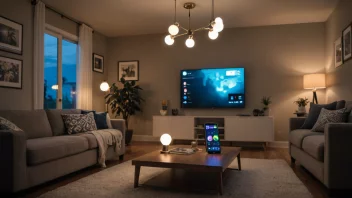In today's tech-driven world, lighting plays a crucial role in enhancing our viewing experiences, whether it's for movies, gaming, or binge-watching our favorite series. With the rise of smart home technology, smart lights have become increasingly popular for their versatility and advanced features compared to traditional lighting. This article will delve into the comparison between smart lights and traditional lighting, exploring their benefits, drawbacks, and how they enhance your viewing experience.
Understanding Smart Lights
Smart lights are LED bulbs equipped with technology that allows them to connect to your home Wi-Fi network or smart home devices. They can be controlled via smartphone apps, voice assistants, or smart home hubs. Some popular features of smart lights include color changing, dimming capabilities, scheduling, and integration with other smart devices.
Exploring Traditional Lighting
Traditional lighting, including incandescent, fluorescent, and halogen bulbs, has been the standard for decades. These lights are simple and reliable, typically requiring a manual switch to operate. While they lack the advanced features of smart lights, they serve a fundamental purpose: to illuminate spaces effectively.
Pros and Cons of Smart Lights
Pros
- Customization: Smart lights can change colors and brightness levels, allowing users to create different moods for various viewing experiences.
- Remote Control: Control your lights from anywhere using a smartphone app, making it convenient to adjust lighting without getting up.
- Energy Efficiency: Most smart lights are LED, which consume less energy than traditional bulbs, potentially lowering your electricity bills.
- Integration: Smart lights can be integrated with other smart home devices, such as smart speakers and home security systems.
Cons
- Cost: Smart lights tend to be more expensive upfront compared to traditional bulbs.
- Complexity: Some users may find the setup and connectivity options overwhelming.
- Dependence on Wi-Fi: Smart lights require a stable Wi-Fi connection to function properly.
Pros and Cons of Traditional Lighting
Pros
- Cost-Effective: Traditional lighting is generally cheaper to purchase and replace.
- Simplicity: Easy to install and use without needing any technology or apps.
- Reliability: No need for Wi-Fi or smart devices, making them reliable in case of internet outages.
Cons
- Limited Features: Traditional lights lack the advanced functionalities of smart lights.
- Energy Consumption: Many traditional bulbs, especially incandescent ones, are less energy-efficient.
- Static Lighting: You cannot change the color or brightness without physically replacing the bulb.
How Smart Lights Enhance Your Viewing Experience
Smart lights can significantly improve your viewing experience in various ways. For instance, they can sync with your TV or streaming devices to change colors based on what’s happening on-screen, creating an immersive atmosphere. Additionally, you can set the lights to dim automatically as the movie starts, enhancing the cinematic experience.
How Traditional Lighting Affects Your Viewing Experience
While traditional lighting can effectively illuminate a room, it lacks the ability to adapt to different viewing scenarios. Bright lights can be distracting during a movie, and with no dimming options, it can be challenging to create the perfect ambiance for a film night.
Conclusion
When it comes to enhancing your viewing experience, smart lights clearly have the upper hand with their customizable features, energy efficiency, and integration with other smart devices. However, traditional lighting still holds value for those seeking simplicity and cost-effectiveness. Ultimately, the choice between smart lights and traditional lighting will depend on your lifestyle, budget, and personal preferences. If you prioritize versatility and modern technology in your viewing setup, smart lights are the way to go. However, if you prefer straightforward and reliable lighting, traditional options will still serve you well.






